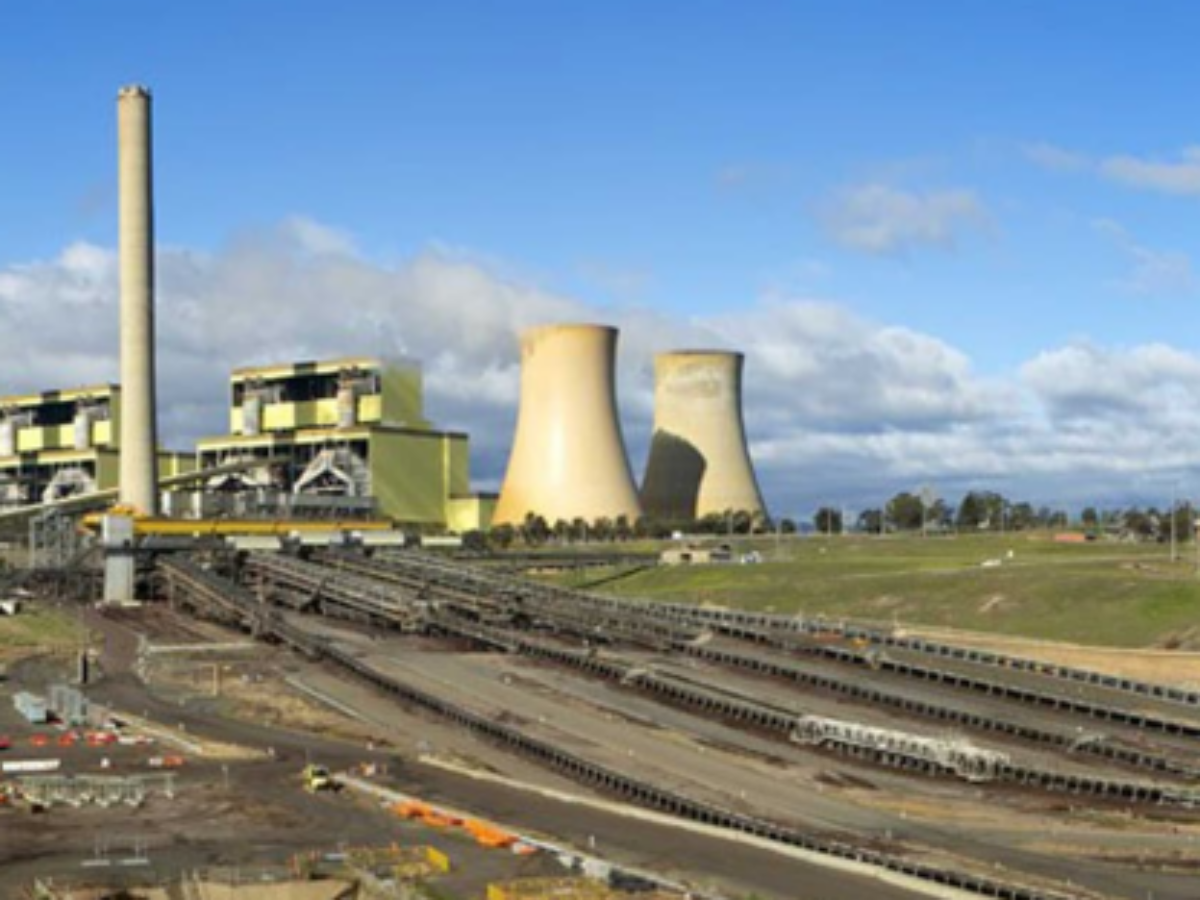Decarbonisation decisions compel government, industry response

By Peter Roberts
Moves by Australia’s largest carbon emitter AGL to accelerate the closure of coal fired power stations and achieve net zero emissions by 2035 demand a bold industry building response from the Albanese government.
Propelled by major shareholder Mike Cannon-Brookes, AGL plans to close its giant Bayswater power station by 2033 and its Loy Yang plant – both coal powered – by 2035.
The company will supply up to 12 gigawatts of renewable energy to the grid by 2036, with five gigawatts to be built by 2030 – a $20 billion investment.
Taken with plans of other companies, initiatives to supply green hydrogen to Asia and Europe, and giant solar farms envisaged to supply electricity for renewables production and direct export of electricity, this suggests massive investment in electrolysers, wind farms, solar PV panels and electrical transmission cable and the like.
But if Australian manufacturing remains business as usual, or even grows a bit faster than it has, most of this equipment will be made overseas and imported – after all that is what we have been allowing to happen to date.
Yes the Albanese plans spending more on industry transformation and expansion, through initiatives in procurement and its $15 billion National Reconstruction Fund for example.
Note that Labour said before the election that the fund ‘will provide loans, guarantees and equity to support projects that create secure well-paid jobs, drive regional development, and invest in our national sovereign capability, broadening and diversifying Australia’s economy’.
No mention here of creating a new, and potentially massive manufacturing sector around renewables.
This situation simply must change given the quantum of imports of renewables manufactures Australia is heading for before 2035.
At its heart the quantum of the investment while sounding large, is far, far too small to influence the direction of our multi-trillion dollar economy.
It will help individual firms, but its size means we are going to fail to provide for the bulk of our own renewables manufacturing needs.
Compare $15 billion to Joe Biden’s recent law committing $432.3 billion (US$280bn) to high tech manufacturing and scientific research, including computer chips.
The Albanese government needs to elevate the industry portfolio and industry policy to transform industry to be central to the work of Cabinet and the government.
At the moment it appears to be on the periphery, discussed as important, but not really enough to transform existing industries and create new ones – something Labour governments have pursued for decades..
More reading:
INDUSTRY POLICY – THE POLICY THAT DARE NOT SPEAK ITS NAME AT JOBS SUMMIT
30 YEARS ON, WE STILL HAVEN’T GOT INDUSTRY POLICY WE NEED
Picture: AGL/Loy Yang Power station
@aumanufacturing Sections
Analysis and Commentary Awards Defence Manufacturing News Podcast Technology Videos






